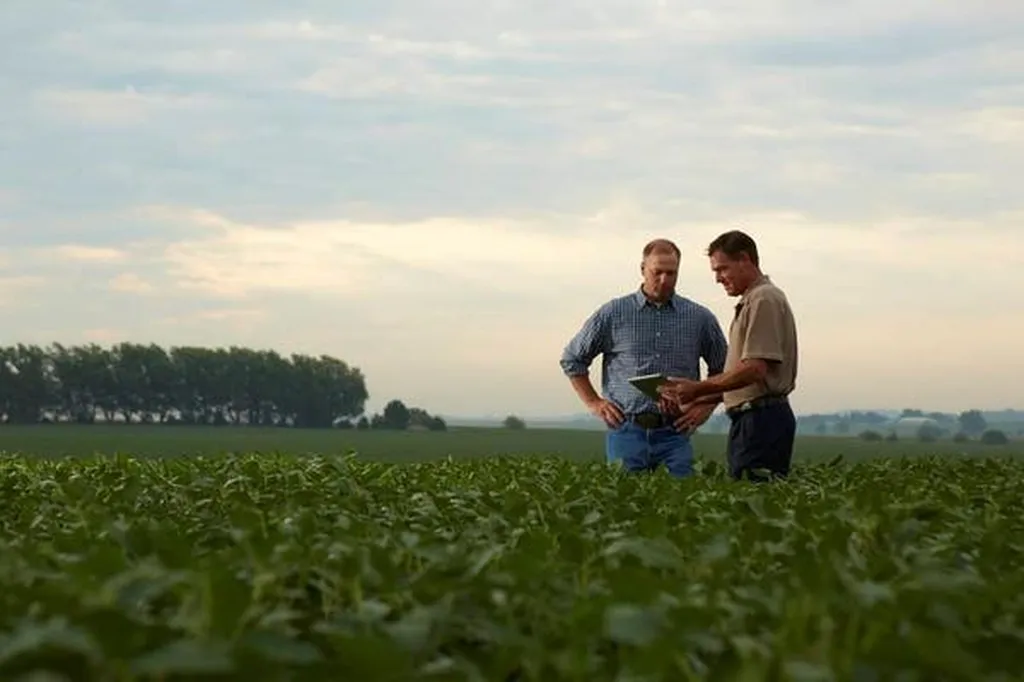At a time when agriculture faces mounting pressure to reduce emissions while feeding a growing global population, industry leaders gathered in New York this week to underscore a shared conviction: data-driven innovation and cross-sector collaboration are key to scaling sustainable farming.
The discussion, held during Climate Week, brought together executives from agribusiness, equipment manufacturing, and climate tech to explore how technology can accelerate productivity gains while cutting agriculture’s environmental footprint. The consensus? Progress is possible—but only if research, policy, and industry align more effectively.
**Precision farming and the role of connectivity**
For equipment manufacturers like John Deere, the focus lies in refining precision agriculture to minimize waste and emissions. Zack Weatherspoon, the company’s director of sustainability, highlighted advancements like ExactShot, a system that applies fertilizer directly to seeds, reducing overuse and greenhouse gas emissions. Early trials on a 740-hectare corn and soybean farm showed measurable cost savings and input reductions—proof, he argued, that efficiency and sustainability can go hand in hand.
Yet connectivity remains a hurdle. With only 30% of Brazil’s agribusiness currently online, Weatherspoon pointed to partnerships with Starlink to expand digital access, a move that could unlock further productivity gains. He also noted John Deere’s experiments with ethanol-powered tractors in Brazil, where infrastructure already supports biofuels—a solution less easily replicated elsewhere. “The challenge is scaling these innovations globally,” he said, emphasizing the need for region-specific approaches.
**Restoring soils and repurposing waste**
The fertilizer sector, too, is betting on technology to revive degraded lands. Natali Archibee of Mosaic stressed that biological fertilizers—already commercially available—can restore soil health while improving yields. “We have products that rebuild soil systems, offering both environmental and economic benefits,” she said. But she cautioned that success depends on collective action, from academia to agribusiness, to meet ambitious targets like Brazil’s soil restoration goals.
Meanwhile, startups are rethinking carbon removal by integrating it with farming. Julia Sekula, co-founder of Terradot, described how enhanced rock weathering (ERW) turns mining waste into a tool for permanent carbon sequestration. By spreading crushed magnesium- and calcium-rich rocks on farmland, the process captures CO₂ while boosting soil fertility. “We’re not choosing between food security and climate security—we’re delivering both,” she said, noting that Microsoft already buys credits from Terradot to offset emissions.
Sekula’s broader critique, however, was that Brazil—despite its scientific prowess—struggles to commercialize such innovations. While institutions like Embrapa conduct cutting-edge research, she argued that the country lags in translating science into scalable businesses. “We have the talent, but we need stronger bridges between research and industry,” she said.
**The regulatory gap**
Even as technology advances, regulatory frameworks often lag. Archibee warned that innovation is outpacing policy, creating uncertainty for companies investing in sustainable solutions. “Close collaboration between the private sector and government is essential,” she said, calling for clearer incentives to accelerate adoption.
For Gilberto Tomazoni of JBS, the path forward hinges on integrating these technologies into existing supply chains. While the panelists represented different sectors, their messages converged on a central theme: sustainable agriculture isn’t just about reducing harm—it’s about leveraging data, connectivity, and cross-industry partnerships to drive productivity in ways that benefit both farmers and the climate.
The question now is whether policymakers, researchers, and businesses can align quickly enough to turn these innovations into widespread practice.

